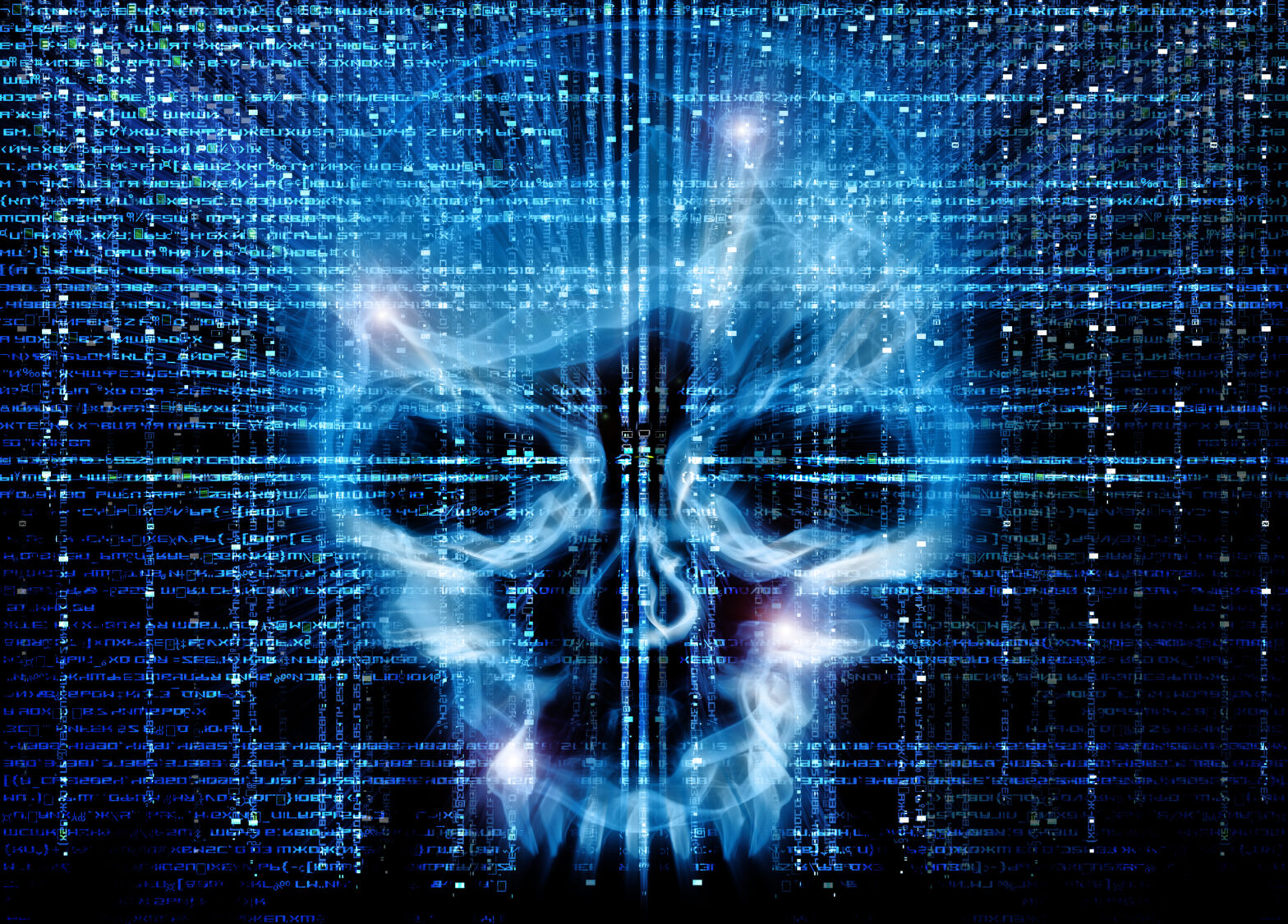McAfee’s Labs Threats Report was released today. It examines a range of malicious activity and how to prevent them, including; the rise of script-based malware, five proven threat hunting best practices, an analysis of the recent WannaCry and NotPetya ransomware attacks, assesses reported attacks across industries and reveals growth trends in malware, ransomware, mobile malware, and other threats.
McAfee Labs saw healthcare surpass public sector to report the greatest number of security incidents in Q2, while the Faceliker Trojan helped drive quarter’s 67% increase in new malware samples from the social media landscape.
The second quarter of 2017 saw Facebook emerge as a notable attack vector, with Faceliker accounting for as much as 8.9% of the quarter’s 52 million newly detected malware samples. This Trojan infects a user’s browser when she visits malicious or compromised websites. It then hijacks her Facebook “likes” and promotes the content without her knowledge or permission. Doing so at scale can earn money for the malicious parties behind Faceliker given the hijacked clicks can make a news article, video, website or ad appear more popular or trusted than it truly is.
>See also: Ransomware represents ‘25% of cyber attacks’ as hackers target UK
“Faceliker leverages and manipulates the social media and app based communications we increasingly use today,” said Vincent Weafer, Vice President for McAfee Labs. “By making apps or news articles appear more popular, accepted and legitimate among friends, unknown actors can covertly influence the way we perceive value and even truth. As long as there is profit in such efforts, we should expect to see more such schemes in the future.”
McAfee Labs’ quarterly analysis of publicly disclosed security incidents found the public sector to be the most impacted North American sector over the last six quarters, but healthcare overtook it in Q2 with 26% of incidents. While overall healthcare data breaches are most likely the result of accidental disclosures and human error, cyber attacks on the sector continue to increase.
The trend began the first quarter of 2016 when numerous hospitals around the world sustained ransomware attacks. The attacks paralysed several departments and, in some cases, the hospitals had to transfer patients and postpone surgeries.
>See also: Multiple firms hit by major global cyber attack
“Whether physical or digital, data breaches in healthcare highlight the value of the sensitive personal information organisations in the sector possess,” Weafer continued. “They also reinforce the need for stronger corporate security policies that work to ensure the safe handling of that information.”
Q2 2017 threat activity
In the second quarter of 2017, the McAfee Labs Global Threat Intelligence network registered notable trends in cyber threat growth and cyber attack incidents across industries:
• Security incidents. McAfee Labs counted 311 publicly disclosed security incidents in Q2, an increase of 3% over Q1. 78% of all publicly disclosed security incidents in Q2 took place in the Americas.
• Vertical industry targets. The health, public, and education sectors comprised more than 50% of total incidents in 2016-2017 worldwide.
• North America. Health sector attacks led vertical sectors in Q2 security incidents in the Americas.
• Asia Pacific. In Asia, the public sector led in reported Q2 incidents, followed by financial services and technology.
• Europe, Middle East and Africa. In Europe, the public sector led the sectors substantially in Q2, followed by entertainment, health, finance, and technology.
>See also: The global ransomware attack a cyber wake-up call
• Attack vectors. Account hijacking led disclosed attack vectors, followed by DDoS, leaks, targeted attacks, malware, and SQL injections.
• Malware overall. New malware samples leaped up in Q2 to 52 million, a 67% increase. This Q2 rise in new malware is in part due to a significant increase in malware installers and the Faceliker Trojan. The latter accounted for as much as 8.9% of all new malware samples. The total number of malware samples grew 23% in the past four quarters to almost 723 million samples.
• Ransomware. New ransomware samples again increased sharply in Q2, by 54%. The number of total ransomware samples grew 47% in the past four quarters to 10.7 million samples.
• Mobile malware. Total mobile malware grew 61% in the past four quarters to 18.4 million samples. Global infections of mobile devices rose by 8% in Q2, with Asia again leading the regions with 18%.
• Mac malware. With the decline of a glut of adware, Mac OS malware has returned to historical levels, growing by only 27,000 in Q2. Still small compared with Windows threats, the total number of Mac OS malware samples increased by just 4% in Q2.
>See also: Ransomware attacks will continue to rise
• Macro malware. New macro malware rose by 35% in Q2. 91,000 new samples raised the total overall sample count to 1.1 million.
• Spam campaigns. The botnet Gamut again claims the top rank in volume during Q2, continuing its trend of spamming job-related junk and phony pharmaceuticals. The Necurs botnet was the most disruptive, pushing multiple pump-and-dump stock scams during the quarter.
WannaCry and NotPetya
McAfee’s analysis of the WannaCry and NotPetya attacks builds on the organisation’s previous research by providing more insight into how the attacker creatively combined a set of relatively simple tactics, melding a vulnerability exploit, proven ransomware, and familiar worm propagation.
The report noted that both attack campaigns lacked the payment and decryption capabilities to successfully extort victims’ ransoms and unlock their systems.
>See also: NHS ‘will be hit by more cyber attacks’
“It has been claimed that these ransomware campaigns were unsuccessful due to the amount of money made,” said Raj Samani, chief scientist for McAfee.
“However, it is just as likely that the motivation of WannaCry and NotPetya was not to make money but something else. If the motive was disruption then both campaigns were incredibly effective. We now live in a world in which the motive behind ransomware includes more than simply making money, welcome to the world of pseudo-ransomware.”







